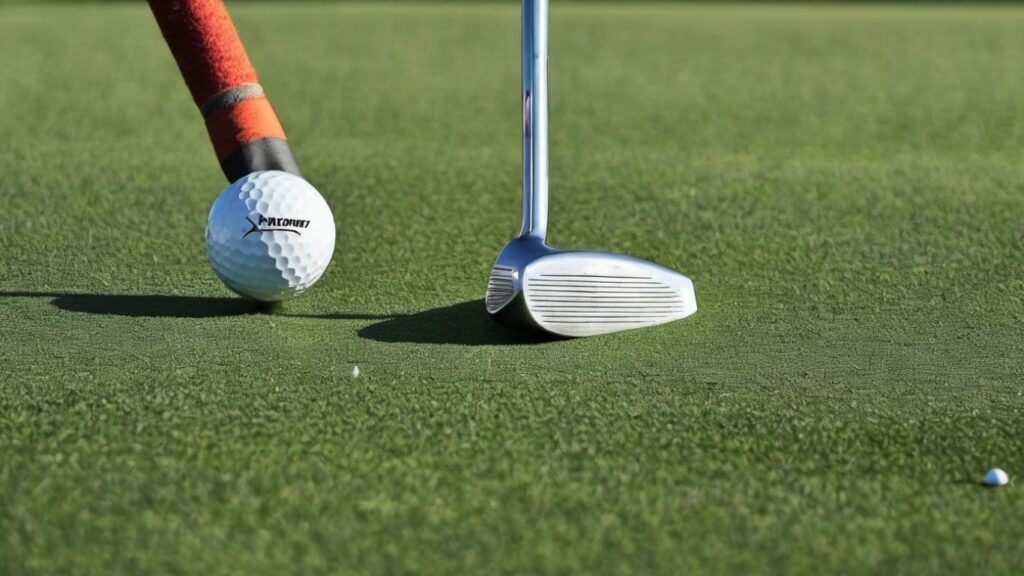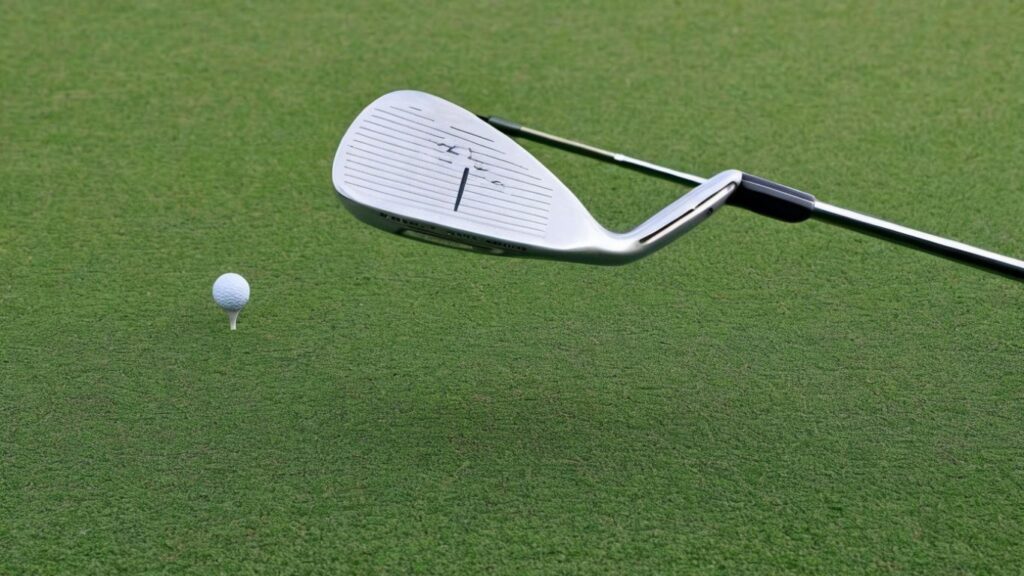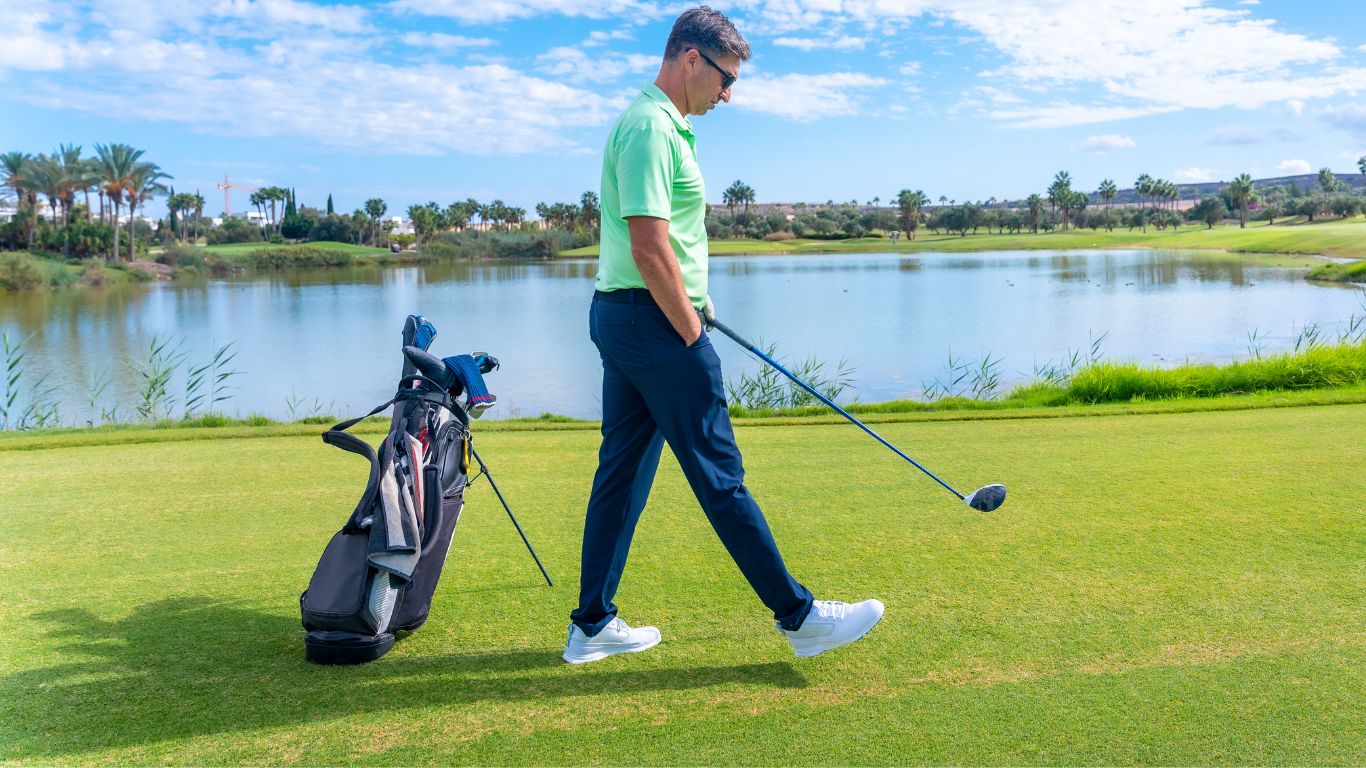Pitch and wedge golf clubs are essential tools in any golfer’s arsenal. Known for their precision and versatility, these clubs can significantly enhance your short game. Let’s explore what makes pitch and wedge clubs unique, their common uses, and how you can improve your skills with them.
Definition of Pitch and Wedge

- Pitching Wedge: Typically used for shorter approach shots, the pitching wedge has a loft angle between 44 and 48 degrees. It’s designed to help golfers hit high, soft shots that land softly on the green.
- Wedge: This term generally encompasses several types of wedges, including sand wedges, lob wedges, and gap wedges. Each type has varying loft angles and is used for specific situations, such as getting out of bunkers or hitting precise shots around the green.
Differences Between Pitch and Wedge
- Loft Angle:
- Pitching Wedge: Lower loft angle (44-48 degrees), suitable for longer approach shots.
- Other Wedges: Higher loft angles (50-60 degrees), ideal for shorter shots requiring more elevation and backspin.
- Design Purpose:
- Pitching Wedge: Designed for controlled, high shots landing softly on the green.
- Other Wedges: Tailored for specialized shots like bunker escapes (sand wedge) or high, short shots (lob wedge).
Common Uses in Golf

- Pitching Wedge:
- Approach shots from 100-125 yards.
- Hitting over obstacles like bunkers and water hazards.
- Other Wedges:
- Sand Wedge: Escaping bunkers.
- Lob Wedge: High, soft shots around the green.
- Gap Wedge: Filling the distance gap between pitching and sand wedges.
Choosing the Right Club for Your Shot
- Distance: Select a pitching wedge for longer shots and other wedges for shorter, more precise shots.
- Obstacle: Use a lob wedge for high shots over obstacles and a sand wedge for bunker shots.
- Shot Type:
- Low trajectory, longer distance: Pitching wedge.
- High trajectory, short distance: Lob wedge.
Tips for Improving Your Pitching and Wedging
- Practice your stance and grip to ensure consistency.
- Focus on your swing tempo to achieve better control and accuracy.
- Utilize the bounce of the club to avoid digging into the ground.
- Experiment with different lofts and distances on the range to understand each club’s capabilities.
Practice Drills to Enhance Your Skills
- Target Practice: Set up targets at various distances to improve accuracy.
- Bunker Drills: Practice hitting out of bunkers using your sand wedge.
- Chipping Around the Green: Use different wedges to chip from various lies and distances around the green.
FAQs
Q: What is the difference between pitching and sand wedges?
A: The primary difference lies in their loft angles and intended use. A pitching wedge has a lower loft angle (44-48 degrees) and is used for longer approach shots, while a sand wedge has a higher loft angle (54-58 degrees) and is designed for escaping bunkers and hitting high, soft shots.

Q: How do I choose the right wedge for my game?
A: Consider the types of shots you frequently encounter and the gaps in your club distances. A range of wedges with different lofts, such as a pitching wedge, gap wedge, sand wedge, and lob wedge, provides versatility for various situations on the course.
Q: What is the bounce of a wedge, and why is it important?
A: The bounce refers to the angle between the club’s leading edge and the sole’s lowest point. It helps prevent the club from digging into the ground. Higher bounce is preferred for soft conditions or bunkers, while lower bounce is ideal for firm ground.
Q: How can I improve my short game with wedges?
A: Regular practice focusing on stance, grip, swing tempo, and learning to use the club’s bounce effectively can significantly enhance your performance. Practice drills targeting different distances and obstacles can also be beneficial.
Q: Should I use a lob wedge for all short shots around the green?
A: Not necessarily. While lob wedges are great for high, soft shots, others, like pitching or gap wedges, may be more suitable for lower, bump-and-run shots. Choosing the right wedge based on the specific shot requirements is essential.
Conclusion
Mastering the art of pitching and wedging can significantly improve your short game, lowering your scores and boosting your confidence. By understanding the unique features of pitch and wedge golf clubs and practicing regularly, you’ll become more adept at handling a variety of challenging shots on the course.










